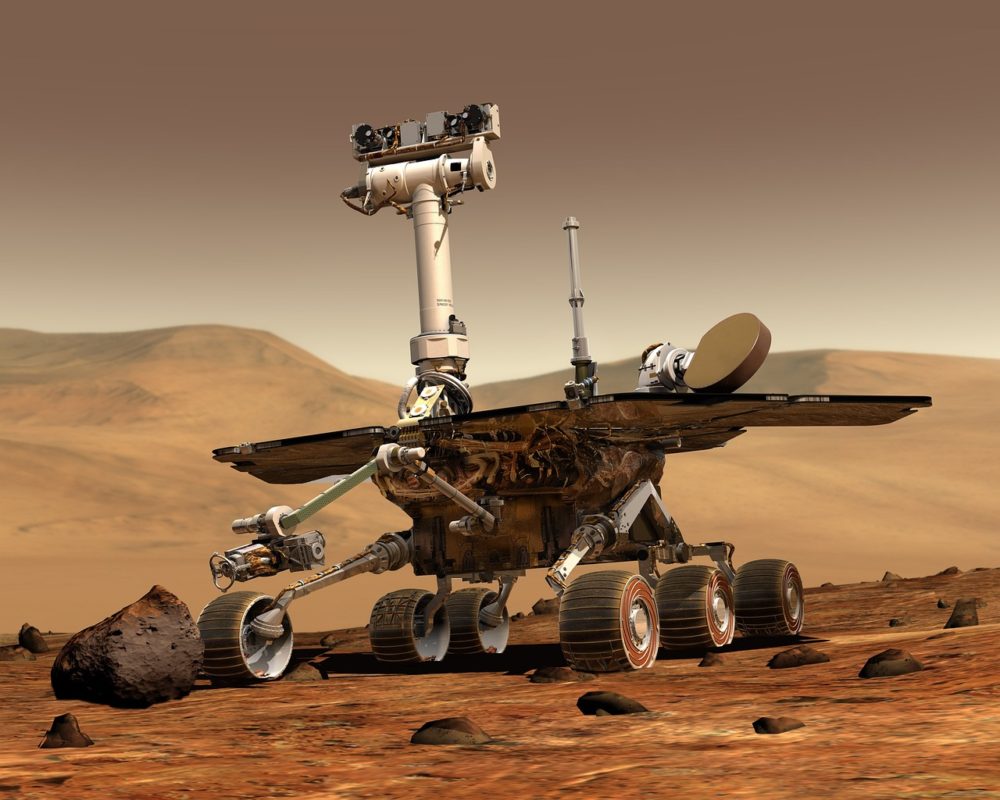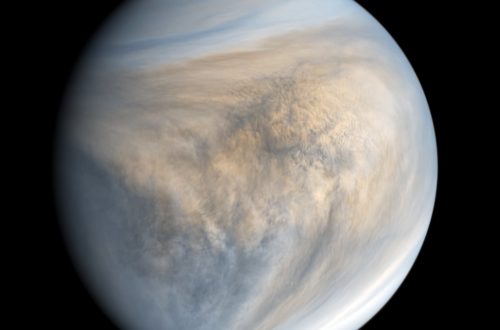Common Tools Used to Gather Data in Space

As a species, we’re working on expanding our horizons — literally — by making our first forays into outer space. In the next decade, we’re hoping to have people living permanently on the Moon and may even be making the first attempt to land human beings on Mars. Despite this push toward space exploration, there is still a lot about the universe around us that we don’t know, and a lot that we don’t even know to ask about yet. On top of that, much of the data that we could be collecting from outer space is invisible to the human eye. What tools are scientists using to gather data in space?
A Satellite for Every Job
We rely on satellites these days for everything from navigation to internet access in some parts of the world. Some, like SpaceX’s Starlink satellites, will eventually be able to provide internet to the entire globe via a constellation of 12,000 satellites, launching 60 CubeSats at a time. Satellites are good for more than just providing us with GPS data, though — there’s a satellite up there for nearly every job, including collecting data about outer space.
The Hubble Space Telescope has been orbiting since 1990, and in the last 30 years has collected untold numbers of gorgeous imagery of distant galaxies, nebulae, and planets that we’d never have been able to see with the naked eye. We’ve sent multiple missions up to update, repair and manage this orbital telescope.
What do you do with satellites that you can’t easily catch with a crewed spacecraft? NASA is working on a solution — using small autonomous robots to grapple these satellites while they’re in orbit. They can be secured with high-tensile-strength cables that allow the grappling robot to refuel the satellite and even carry out small repairs. Until now, once a satellite ran out of fuel or broke down, it was just left to drift or allowed to burn up in the Earth’s atmosphere. Now, companies that own satellites will be able to extend their lifespans exponentially, becoming part of the trend of renewable spaceflight technology.
Seeing the Invisible
Pictures might be worth 1000 words, but there is so much in the universe that we can’t see with the naked eye because it’s not on the visible light spectrum. That doesn’t mean it isn’t important, though! In fact, looking at things like electromagnetic and radio waves can help us paint a picture of the universe that we might never be able to see otherwise.
Researchers can equip satellites in orbit with sensors and detectors that look for everything from radio waves to microwave radiation and even gamma rays from distant exploding stars. The majority of the universe’s electromagnetic radiation never makes it to the surface of the planet, so if you’re relying on ground-based sensors, you’re missing out on a lot of potential discoveries.
Satellites, especially those placed in high orbits or outside the Earth’s purview entirely, provide scientists with an unobstructed view of the universe. NASA is even considering putting a radio telescope on the dark side of the moon because it would allow scientists to see things that even orbiting satellites might miss, using the bulk of our nearest satellite as a shield to block EM interference from the planet below.
It’s Not Always Complicated
High-tech sensors and data collectors might seem like the order of the day when it comes to gathering data in outer space, but it doesn’t always have to be that complicated. The Apollo astronauts traveled to the moon in a capsule that had less processing power than your average scientific calculator, and the space shuttle ran on one megabyte of RAM.
The astronauts on the Apollo 11 mission — Neil Armstrong, Buzz Aldrin and Michael Collins — didn’t have all the high-tech toys and tools that we have today for gathering data and samples on the lunar surface. The astronauts were using hand-held tongs, rakes, shovels and hammers to take samples and collect moon rocks to bring home.
Our new technology enables us to see things that the Apollo astronauts might not have been able to imagine, but sometimes the best tool is as simple as a hammer or a pair of tongs.

A Job for The Robots
Mars is currently the only planet in the solar system that is totally inhabited by robots. That might change in the next decade or so as we start to make our way to the Martian surface, but for the moment, Curiosity and rovers like it are the only life on the planet.
This is just the first example of the possible application of robotics for collecting information in outer space. We can send robots to places where humans explorers can’t survive, such as the caustic surface of Venus, and far out to the edges of the solar system and beyond. NASA sent two small CubeSats — nicknamed Eva and Wall-E after the Disney/Pixar movie characters — along with the InSight lander that launched for Mars in 2019.
The two satellites were able to observe InSight’s landing in real time, and while NASA has lost contact with them, it is the perfect example of how we might be able to use robotics to facilitate space flight in the future, collecting information and sending it back to base in real time.
Turning to Citizen Scientists
You don’t need a degree in astronomy to learn about the universe that surrounds us. In fact, many researchers and facilities are turning to citizen scientists — casual space lovers who might not have a degree but have a passion for astronomy — to help them study outer space, collecting data and processing it faster than trained teams ever could on their own.
It’s no replacement for trained engineers and astronomers, but it can be a fantastic way to get the public involved in something that might otherwise seem entirely out of reach. There are plenty of tools online, both via NASA and other space agencies, that aspiring astronomers can use to get a feel for the industry while they help researchers around the world navigate massive datasets.
We’re Still Learning
We have made significant advances in nearly every technology sector in the decades since the moon landings, but when it comes to space travel, we’re essentially toddlers taking our first steps. We may never learn all the universe’s secrets but that won’t stop us from turning over every celestial stone and puzzling out every intergalactic mystery that crosses our path.
Would you like to receive similar articles by email?





